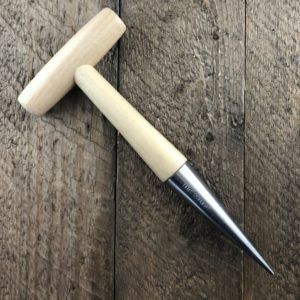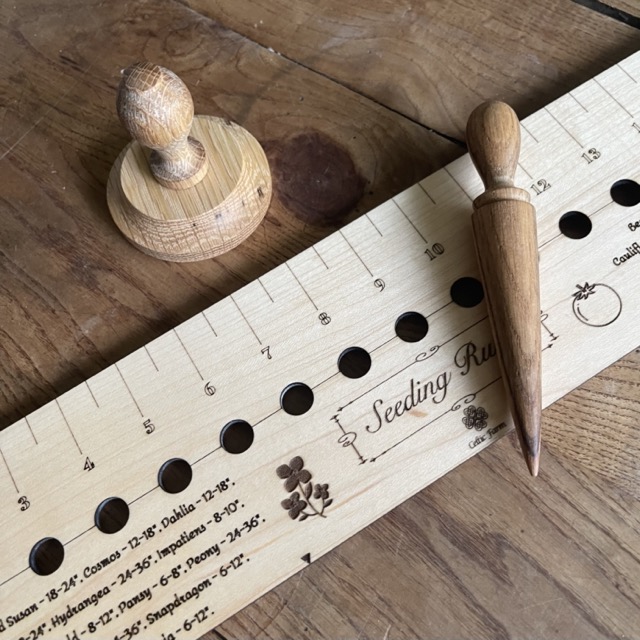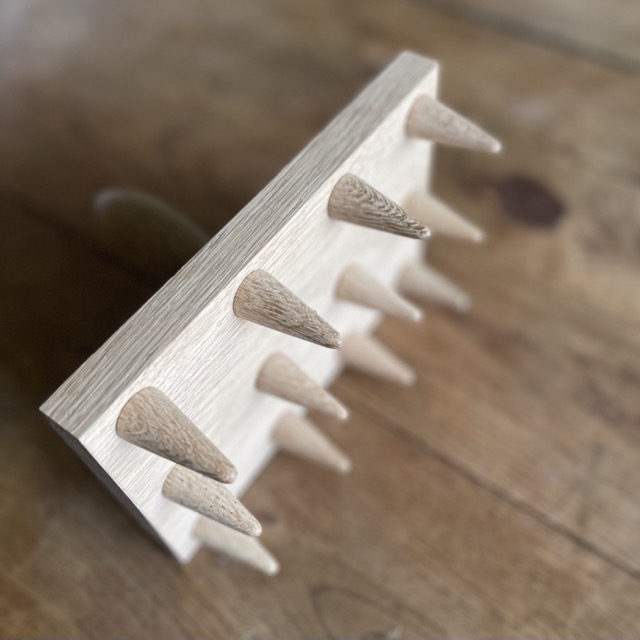The Dibble Dilemma: Choosing the Right Tools for Every Seed and Seedling
Planting seeds fast and efficiently
Introduction
Gardening enthusiasts, it’s time to dig deeper into the world of dibbles! Often overlooked yet indispensable, dibbles are the unsung heroes of gardening. In this comprehensive blog post, we’ll explore what dibbles are, their fascinating history, and the various types available for different gardening needs. Whether you’re planting seeds, bulbs, or looking for a specific size, there’s a dibble for every task. Let’s unearth the secrets of these handy tools and discover why every gardener should have a dibble in their toolkit.
What are Dibbles
A dibble, sometimes known as a dibber, is a pointed gardening tool used for making holes in the soil. This simple yet effective tool helps in planting seeds, bulbs, and seedlings with precision. Dibbles come in various shapes and sizes, designed to cater to different planting needs. Their primary function is to ensure that each plant has the perfect starting point for growth.
Different Names for Dibbles
Throughout history and across different cultures, dibbles have been known by various names. Some of these include dibber, dibbler, planting stick, and garden dibble. In some regions, they are referred to as brocas or planting irons. Despite the variety of names, their purpose remains the same – creating precise holes in the soil for planting. This diversity in terminology highlights the dibble’s universal importance in gardening traditions around the world.
History of Dibbles
The history of dibbles traces back to ancient times. Originally, gardeners used their fingers or sticks to make holes in the soil. Over time, this practice evolved, and the dibble emerged as a specialized tool. In the 19th century, dibbles became more popular as gardening emerged as a favorite pastime, leading to the development of various designs and materials.
Utility and Popularity of Dibbles with Measuring Marks
The utility of dibbles is greatly enhanced by the addition of measuring marks, a feature that significantly contributes to their popularity among gardeners. These marks allow for consistent depth control, which is crucial for the successful germination and growth of plants. By using a dibble with measuring marks, gardeners can ensure that each seed, bulb, or seedling is planted at the optimal depth, tailored to its specific needs. This precision not only improves the chances of growth but also promotes uniformity in plant development across the garden. The measuring marks are especially beneficial for beginner gardeners, who may be unsure of how deep to plant. For experienced gardeners, they offer a quick and reliable way to maintain consistency in planting, which is particularly useful in larger gardens or when dealing with a variety of plant species. This added feature of measuring marks on dibbles enhances their functionality, making them an indispensable tool in achieving a healthy, flourishing garden.
Types of Dibbles
There are a wide variety of tables to choose from in the market. Below are some of the most common, and having a few in your arsenal of garden tools can be a great help both on the potting bench and out in the field.
Seed Dibbles – Designed for sowing seeds, these dibbles are perfect for creating small, shallow holes. They ensure seeds are planted at the correct depth for optimal germination.
Bulb Dibbles – These are larger and sturdier, meant for planting bulbs. They create deeper holes, accommodating the size and depth requirements of different bulb types.
Multi-point Dibbles – A more advanced version, multi-point dibbles allow gardeners to make several holes at once, increasing efficiency, especially over larger areas. These multi hole makers are great on the potting bench as well as on race beds or in your soil areas.
Sizes – Small and Large – Dibbles come in various sizes. Small dibbles are great for delicate work and smaller gardens, while large dibbles suit more extensive gardening tasks.
Conclusion
Dibbles are a testament to the saying, “Simple tools make for great work.” They might be humble in appearance, but their contribution to gardening is immense. Understanding the types and uses of dibbles can significantly improve your gardening efficiency and success. Whether you’re a novice or a seasoned gardener, incorporating a dibble into your gardening routine can lead to healthier plants and a more enjoyable gardening experience. So, next time you’re in the garden, remember the dibble – a small tool with a big impact!
Recent Posts

The Power of Mounding: An Essential Gardening Technique for Healthy Plants

The Ultimate Guide to Philodendron Birkin – Care, Tips, and Benefits

Watering Plants – Indoor Edition

The Advantages of Built-Up Garden Beds: A Gardener’s Best Friend

The Secret Weapon for Lush Blooms: How to Create the Perfect Fertilizer Schedule













You must be logged in to post a comment.